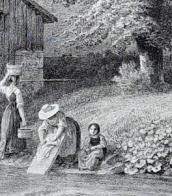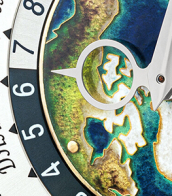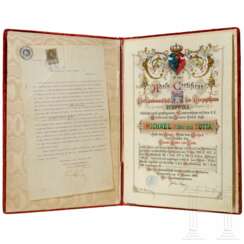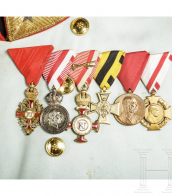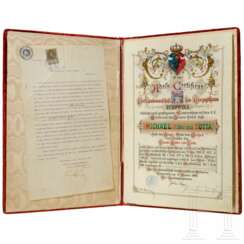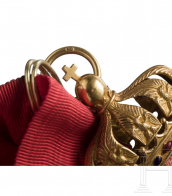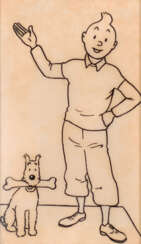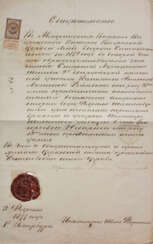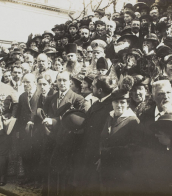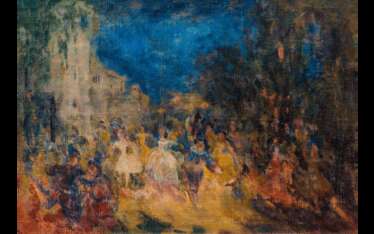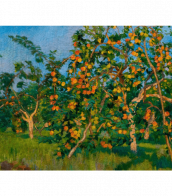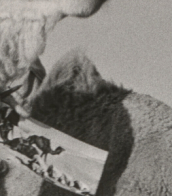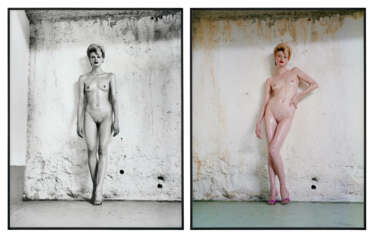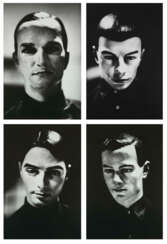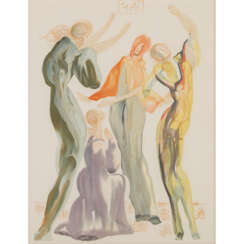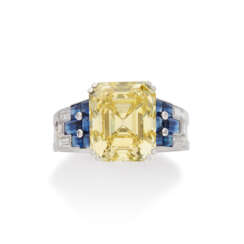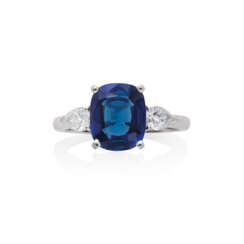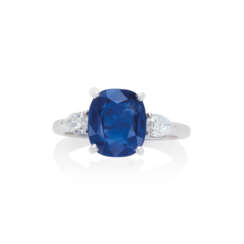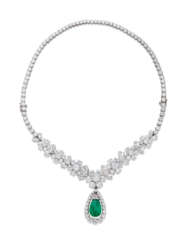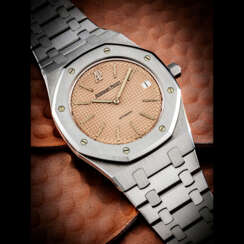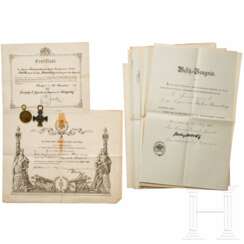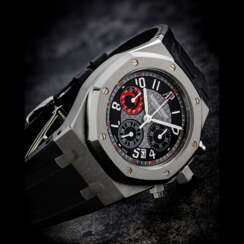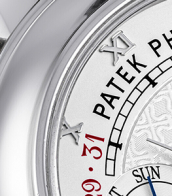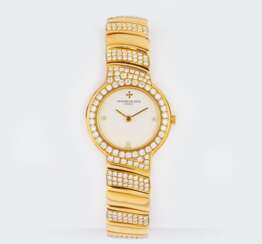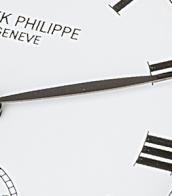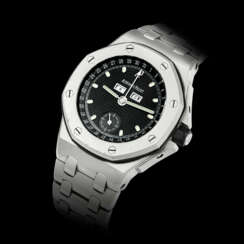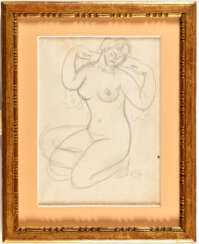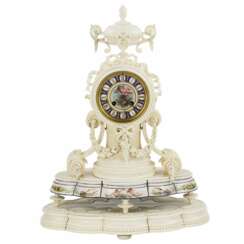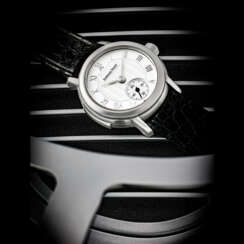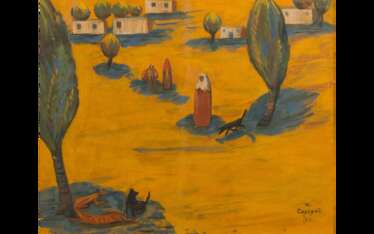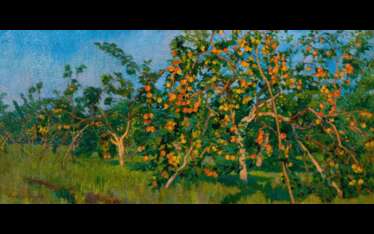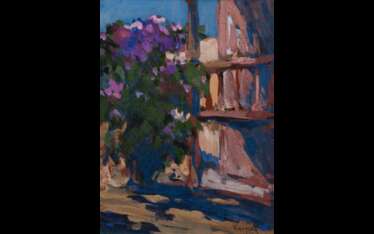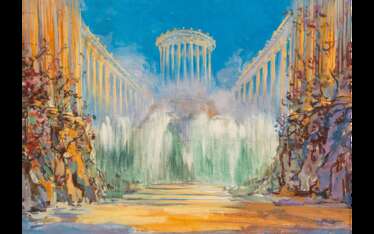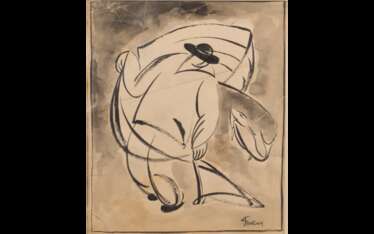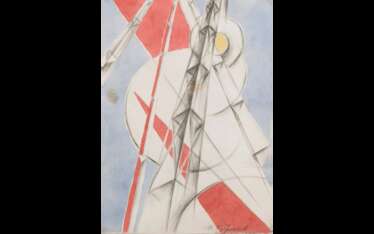certificats
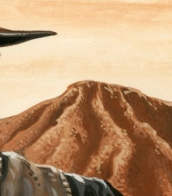

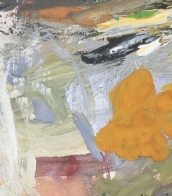
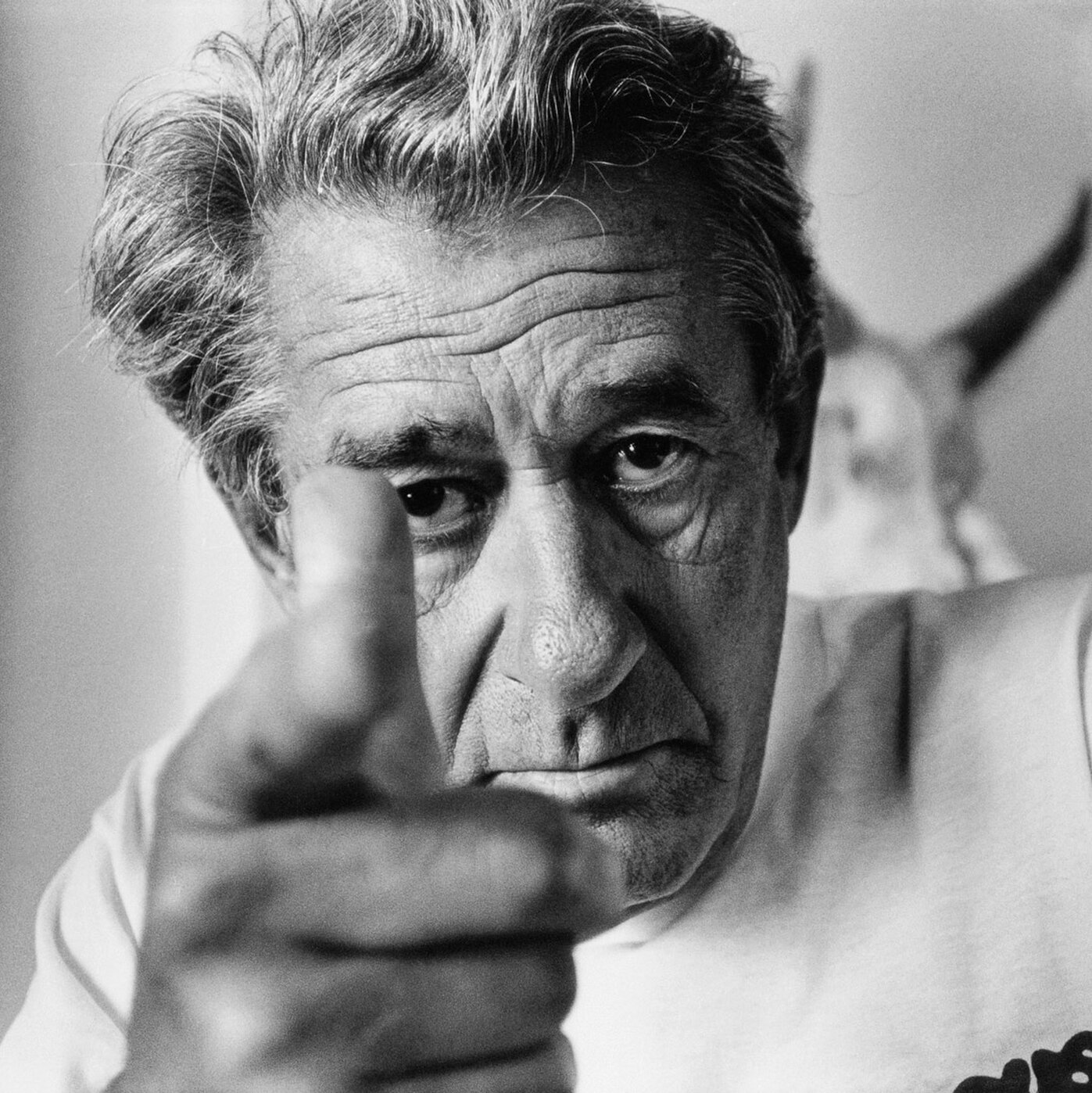
Helmut Newton (born Helmut Neustädter) was a German-Australian photographer. The New York Times described him as a "prolific, widely imitated fashion photographer whose provocative, erotically charged black-and-white photos were a mainstay of Vogue and other publications."
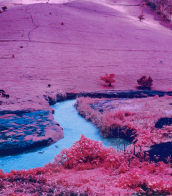
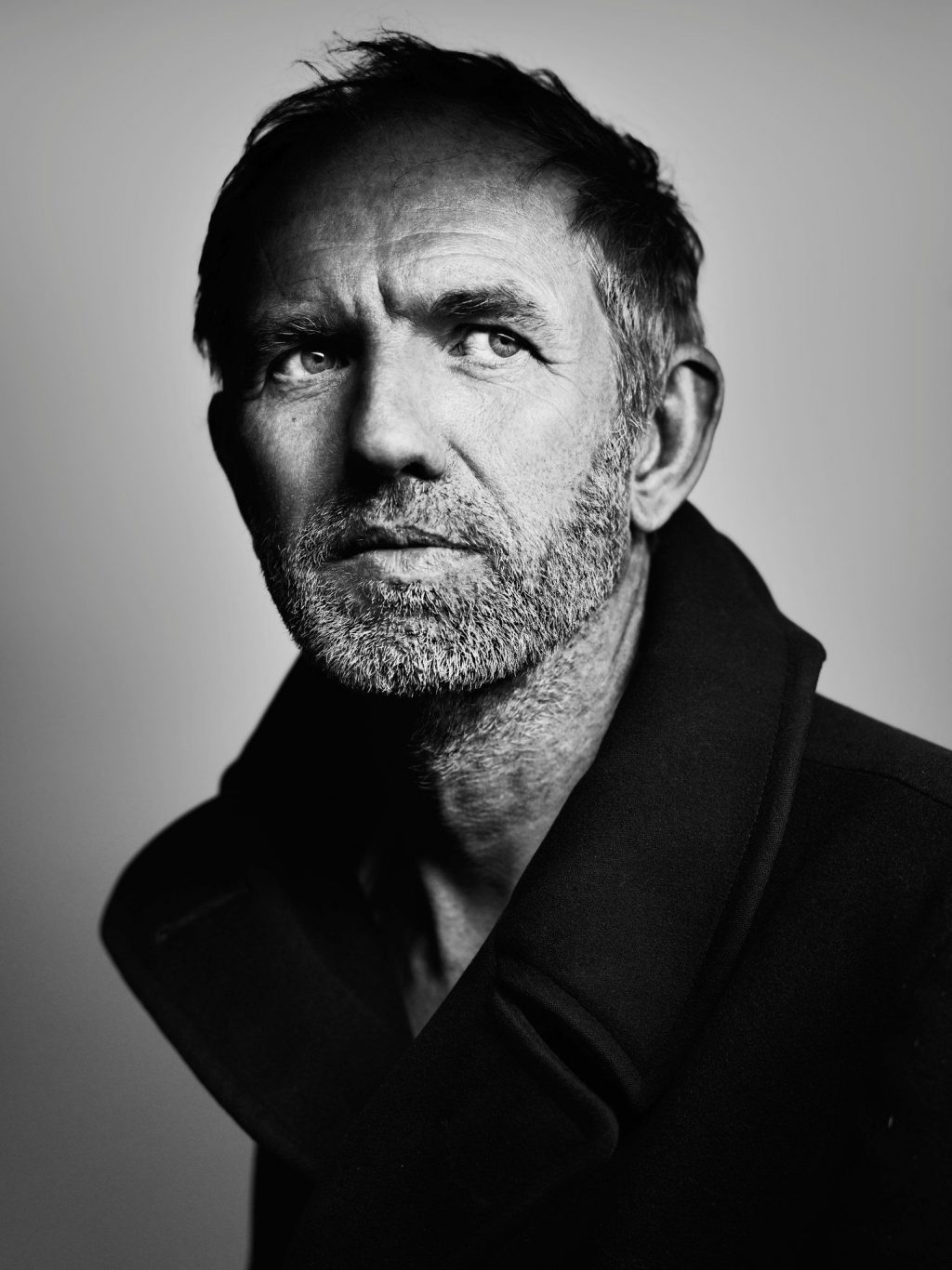
Anton Corbijn is a renowned Dutch photographer, film director, and music video director, born on May 20, 1955, in Strijen, the Netherlands. His career took off photographing musicians like Herman Brood, eventually leading to international acclaim. Known for his long-standing collaborations with bands Depeche Mode and U2, Corbijn has creatively directed their visual outputs for over three decades.
Corbijn's artistic prowess extends to directing critically acclaimed films such as "Control" about Joy Division's Ian Curtis, which garnered multiple awards, including the Michael Powell award for best new British feature at the Edinburgh International Film Festival. His other directorial works include "The American" and "A Most Wanted Man". In photography, his portraits span icons like Jimmy Page, Robert Plant, and Bob Dylan, with his pieces often gracing album covers for many influential music acts.
Collectors and experts recognize Corbijn for his distinctive style that captures the essence of his subjects, making his work highly sought after in the art and music worlds. His notable works are displayed in museums and form an integral part of music history, as seen in his album covers for Metallica, Nick Cave, and others.
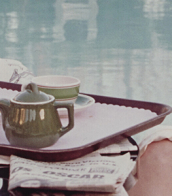
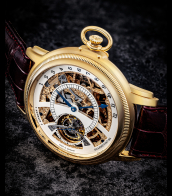
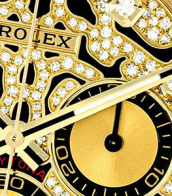
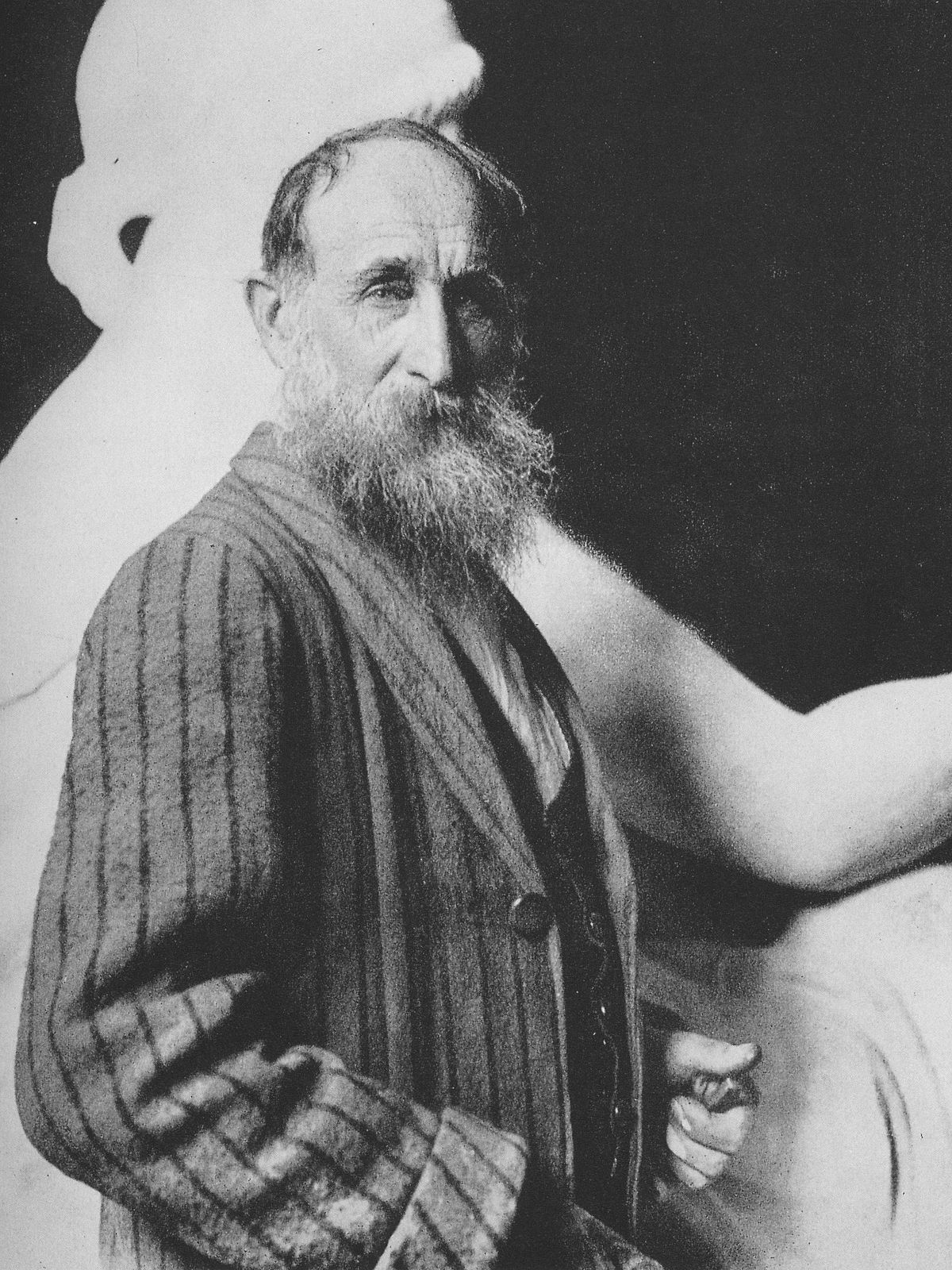
Aristide Maillol was a French artist. He was a painter, sculptor, and printmaker, and is best known for his sculptural works.
Maillol initially worked as a painter, but after seeing Auguste Rodin's sculptures in the early 1890s, he turned to sculpture himself. His early sculptures were influenced by the classical tradition, and often depicted female figures in a simplified, stylized form.
Maillol's sculptures are characterized by their smooth surfaces and simplified forms, which reflect his interest in the pure and timeless beauty of the human body. He often worked in bronze, and his sculptures were typically larger than life size.
In addition to his sculptures, Maillol also created prints, including lithographs and woodcuts. His prints were often based on his sculptural works, and reflected his interest in simplifying form and line.
Maillol continued to work and exhibit his art throughout his life, and his work was shown in galleries and museums around the world. Today, his sculptures are held in the collections of many prestigious institutions, including the Musée d'Orsay in Paris, the Museum of Modern Art in New York, and the Tate Gallery in London.
